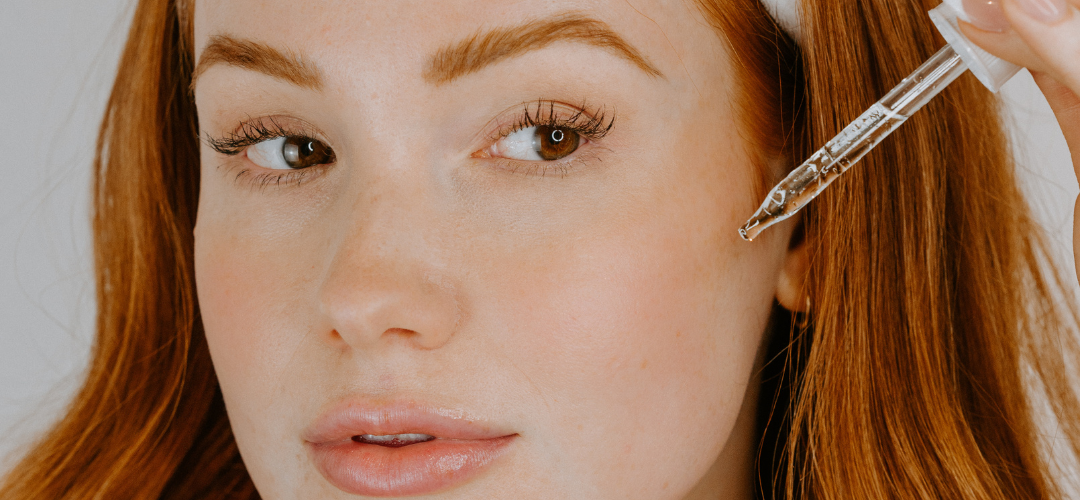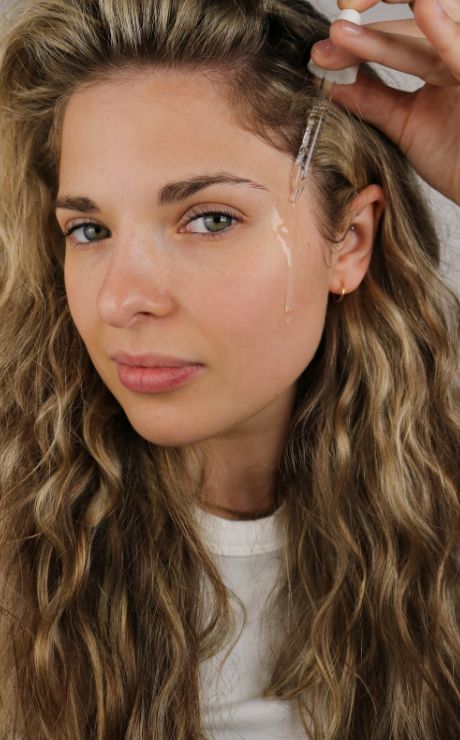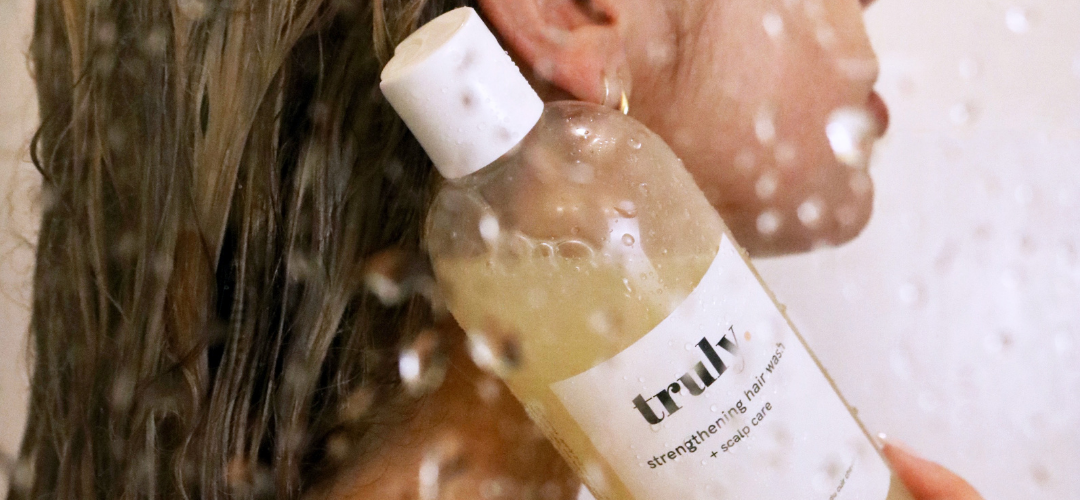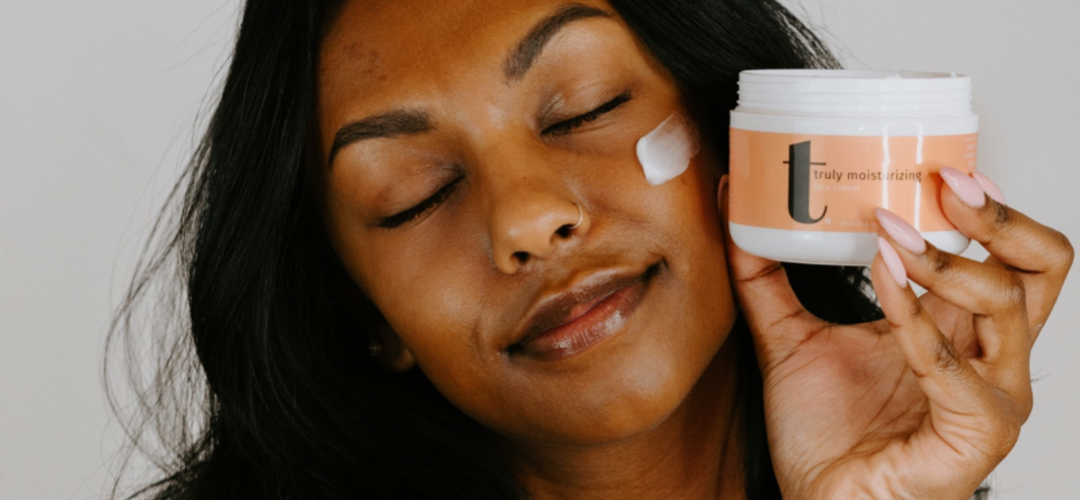
Skin Cycling
What is skin cycling? You may have seen it on TikTok, you may have also seen a lovely blonde New York dermatologist named Dr. Whitney Bowe coin the phrase and introduce some incredible science-backed results with this routine – we’re here to break it all down, and you’re definitely going to want to try this one out.
Skin cycling has become one of the newest phenomena in the skin care industry, and likely has your dermatologist's stamp of approval. Essentially, it refers to using certain products on certain nights to help get the most out of your products, specifically retinoid and exfoliant treatments. Skin cycling is primarily concerned about your nighttime skincare routine, and contains an exfoliation night, a retinoid night, followed by two days of skin “recovery” which rely on hydration packed products to restore and repair the skin barrier after nights 1 and 2.
What are the benefits? Treating your skin to periodic rest days from active ingredients not only allows the skin barrier to repair and strengthen itself, but it also reinforces our natural microbiome, which is the living ecosystem within our face that balances, controls and regulates the way our skin looks, feels, and ages. It balances nourishment of the skin alongside cell turnover from retinols and exfoliants for a harmonic balance of healthy skin.
Who should try skin cycling? Your skin is quick to pick up on changes you are making, so if you’re feeling that your skincare routine has hit a “plateau”, and you are struggling to achieve that fresh faced, healthy glow you are after, skin cycling could be your missing piece.
Skin cycling is a great way for those with sensitive or rosacea prone skin to enjoy the benefits of cell turnover-based products, with far less chance of a reaction. Because of the decreased usage of active ingredient products throughout this period, the skin can better acclimate to these ingredients, whereas nightly use might not be ideal for all skin types. Skin cycling is also a great way to introduce retinol to your skin if it is a new product in your routine. It will help prevent the typical “purging” which can be associated with first time retinol users, which can range from dryness, redness or temporary acne when going full throttle with retinoids right away.
Night 1: Exfoliation
The first night of your skin cycle is where you will rely on our Truly Resurfacing 10% AHA Serum to begin the cell turnover process, and this will get your skin set up perfectly for night 2, which will further promote the cell turnover and collagen synthesis with retinol. The rest of your skin care should still consist of a cleanser, toner, hydrating serums like our Truly Hydrating Hyaluronic Acid, and a cream, like our Truly Moisturizing Face Cream.
Night 2: Retinoids
The second night of your routine is where you will apply your Truly Ageless 1% Retinol serum. Retinol is considered one of the most effective ingredients you can use for your skin, as it can penetrate more deeply than other products, rejuvenating your skin from the deepest layers to its surface. You’ll want to skip out on any chemical or physical exfoliants tonight. Just like night 1, the rest of your skin care should still consist of a cleanser, toner, hydrating serums like our Truly Hydrating Hyaluronic Acid, and a cream, like our Truly Moisturizing Face Cream.
Nights 3 & 4: Recovery
The next two nights are focussed on restoring the skin’s moisture barrier after two intense nights of exfoliation and retinol application back-to-back. This routine should consist of your most hydrating serums, oils & creams, and avoid any active ingredients for the next two days. This will help reset the skin for the next skin cycle, which will begin the exfoliation process all over again. Recovery days are also easier on the skin’s natural pH, and help strengthen our microbiomes, remove toxins, and produce radiant, healthy skin.
Skin cycling, advanced mode: You didn’t think we were done, did you? You might be a seasoned retinol pro and want to try skin cycling without minimizing your active ingredient use. In this case, you would simply increase your retinol days. Instead of having a 4-day skin cycle, you might have 5, or 6. For example, 1 exfoliation night, followed by 2, or 3 retinol nights, followed by 2 rest days, and back to the top!
The take-away: Skin cycling is an opportunity for those finding they have hit a wall with their skincare routine to shake things up by giving the skin a new schedule and promote a healthy skin barrier. When our skin is happily cycling, it becomes a thriving ecosystem and helps regulate our oil production, minimize harmful bacteria, retain moisture, and balance pH. The “beginner mode” 4-day skin cycling routine is ideal if you’ve ever considered your skin too sensitive for active ingredient formulas but want to harness the benefits of actives like retinol and chemical exfoliants. Rosacea havers will also enjoy being able to use powerful ingredients while not aggravating the skin and causing more damage.




Leave a comment
This site is protected by hCaptcha and the hCaptcha Privacy Policy and Terms of Service apply.